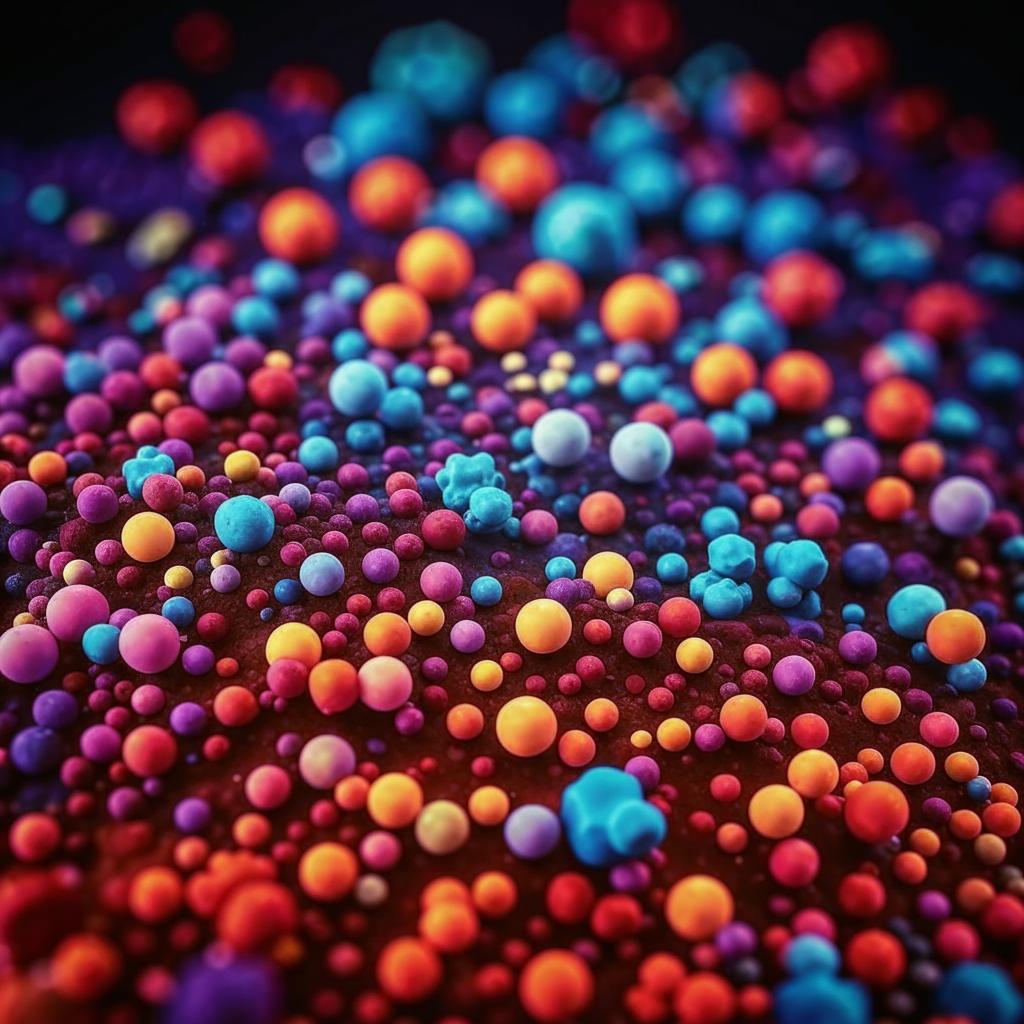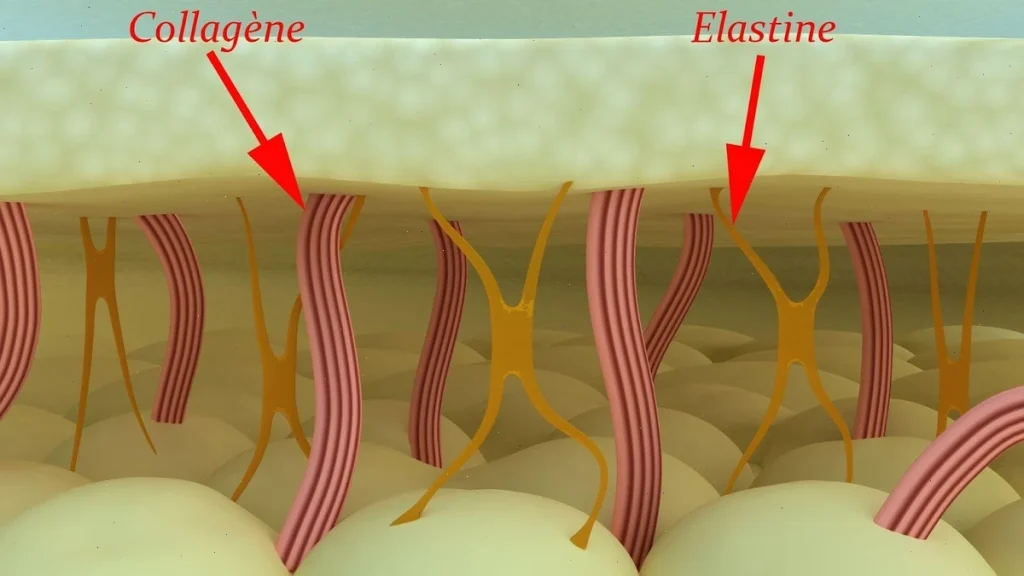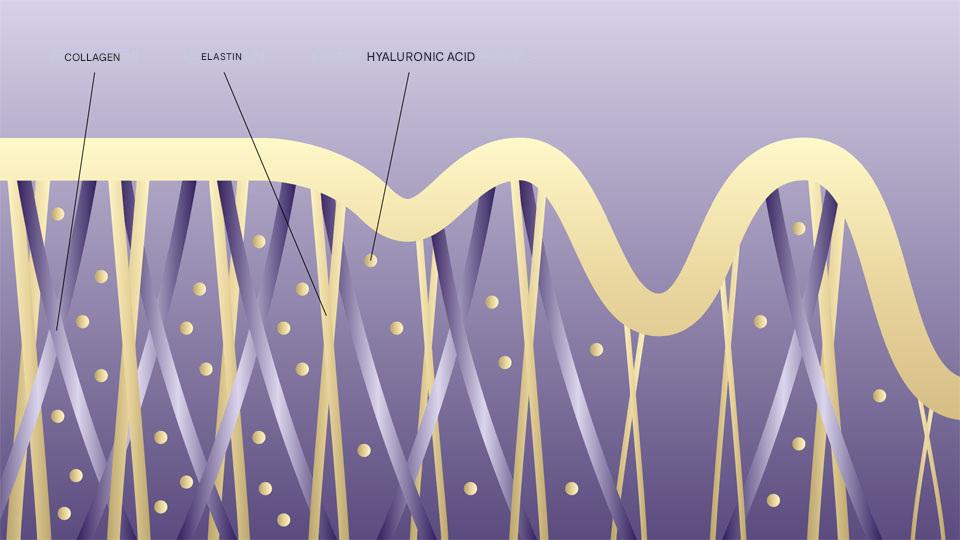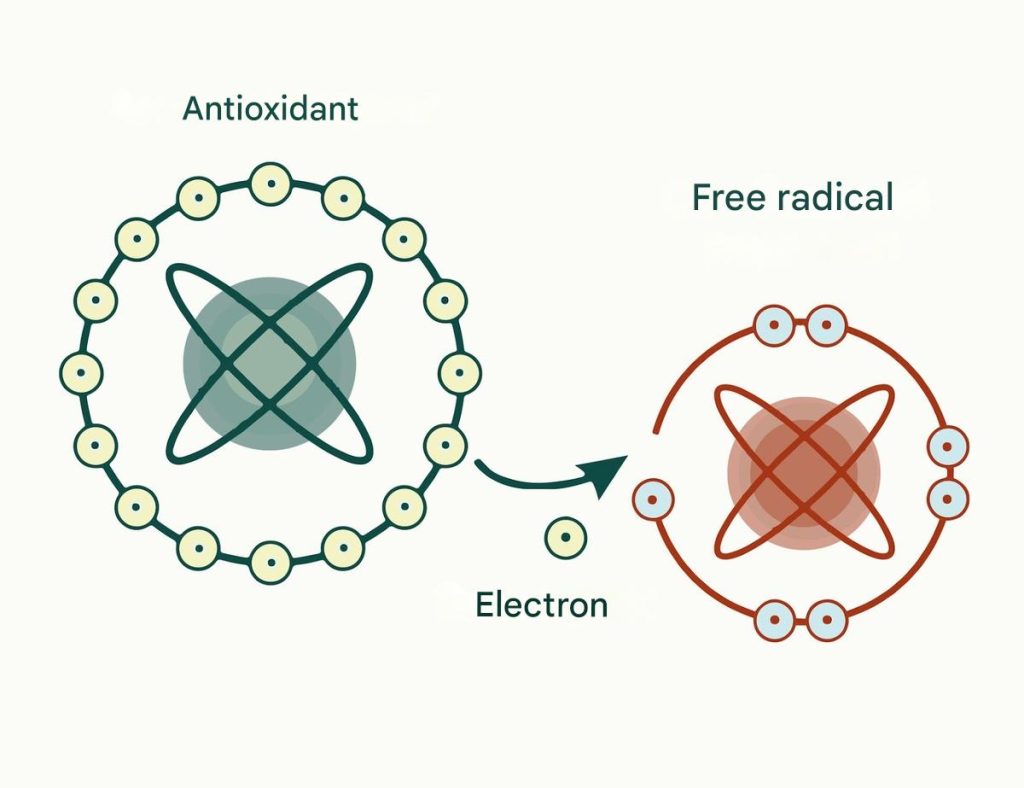“Everywhere I look, it’s peptide creams and serums — but what do they actually do?”
Peptide-based skincare has become a cornerstone of modern anti-aging routines — and for good reason. These aren’t magical cure-alls but rather a diverse group of bioactive compounds that target different concerns with precision and science-backed efficacy. In this guide, our beauty expert at IQ Ladies breaks down what peptides are, how they work, which types you should know about, and how to use them properly for visible, youthful results.
What Are Peptides, Really?
In the simplest terms, peptides are short chains of amino acids — the building blocks of proteins — that act as messengers between cells. Think of them as tiny biological signals that tell your skin what to do, whether that’s boosting hydration, building collagen, or calming inflammation.
Our bodies naturally produce hundreds of types of peptides, each serving a unique function. In skincare, scientists isolate or synthesize specific peptides that can enhance skin health, improve elasticity, and restore a youthful glow.
While peptides can be naturally derived (often from bacterial or plant-based cells), most skincare products use synthetic peptides. And despite the fear-mongering around the word “synthetic,” lab-created peptides are often safer, more stable, and better studied — which means you get consistent, reliable results without unnecessary irritation or allergic reactions.

What Types of Peptides Should You Use?
Different peptides offer different benefits depending on their structure and target. Let’s explore the five main categories used in advanced skincare:
1. Neuropeptides – Smooth Expression Lines
Key ingredients: Argireline (Acetyl Hexapeptide-8), SYN-AKE
Often dubbed “Botox in a bottle,” neuropeptides are formulated to relax overactive facial muscles — especially around the forehead, between the brows, and near the eyes.
How they work:
Facial wrinkles, particularly those formed by repeated expression (like frowning or squinting), are caused by muscle contractions over time. Stress and emotional strain can exacerbate this, keeping facial muscles in a constant state of tension.

Traditionally, Botox was used to “freeze” these muscles by blocking nerve signals. However, it often led to a stiff, unnatural look — and in rare cases, more serious side effects like toxin migration or nerve damage.
Neuropeptides offer a gentler, non-invasive alternative. They don’t paralyze your muscles but instead slow down the transmission of nerve impulses — softening expressions and reducing wrinkle depth while preserving your natural facial mobility. The result? Smoother, more relaxed skin with no needles required.

2. Carrier Peptides – Boost Nutrient Delivery
Key ingredients: Copper Tripeptide, Copper Tripeptide-1
Carrier peptides act like high-speed delivery systems, escorting essential trace minerals like copper deep into the skin where they’re most needed.
Why copper matters:
Copper is crucial for the production of collagen and elastin — the proteins that give your skin structure and bounce. It also aids in wound healing and helps maintain a healthy skin barrier. Carrier peptides help transport these minerals into the dermis, supporting firmer, more resilient skin over time.

Think of them as the behind-the-scenes workers who make sure your skin has the raw materials it needs to build itself stronger from within.
3. Signal Peptides – Reignite Skin’s Youth Code
Key ingredients: Palmitoyl Tripeptide-1, Palmitoyl Pentapeptide-4, EGF (Epidermal Growth Factor)
Signal peptides are among the most celebrated anti-aging ingredients today — and for good reason. They act as molecular “coaches,” telling skin cells to ramp up their production of youth-sustaining elements like collagen, elastin, and hyaluronic acid.

Why they’re essential:
As we age, our fibroblasts — the skin cells responsible for producing these key components — become sluggish. Signal peptides gently “wake them up,” promoting renewal from the inside out. Over time, this leads to better hydration, restored elasticity, and a more lifted, radiant appearance.
It’s like giving your skin a motivational speech — and watching it bounce back with renewed energy.
4. Enzyme-Inhibiting Peptides – Preserve What You Have
Key ingredients: Soybean peptide, Progeline (Trifluoroacetyl Tripeptide-2)
Instead of encouraging production, these peptides help protect what your skin already has. They block the enzymes that break down collagen, elastin, and hyaluronic acid — essentially helping you hold on to your skin’s structural integrity longer.
Why it matters:
Environmental aggressors, stress, and even internal inflammation can accelerate the breakdown of skin-supporting proteins. Enzyme-inhibiting peptides slow this process down, giving you more time to enjoy youthful, supple skin — without having to rebuild it from scratch.
5. Antioxidant Peptides – Defend Against Premature Aging\
Key ingredients: Soy peptide, Glutathione, Glutathione Tripeptide
These peptides fight one of the most insidious causes of aging: oxidative stress. Rather than targeting collagen directly, they neutralize free radicals — unstable molecules that damage skin cells and accelerate aging.
How they work:
Free radicals are generated by stress, pollution, UV exposure, poor diet, and more. They cause cellular damage that can lead to sagging, wrinkles, and hyperpigmentation. Antioxidant peptides work like shields, protecting your cells from oxidative destruction and supporting long-term skin health.

Over time, they help reduce dullness, redness, and premature fine lines — making them a must-have in any urban skincare arsenal.
When Should You Start Using Peptides?
The best part? Peptides are gentle, non-irritating, and suitable for virtually all skin types — including sensitive and rosacea-prone skin. You can safely begin incorporating peptide products as early as your mid-20s to prevent premature aging or later to visibly improve firmness and hydration.
There’s also no restriction on time of day: peptides work equally well in your AM or PM routine.
However, avoid combining peptides with strong acids like AHAs or BHAs in the same routine — these can degrade peptide structures and reduce their efficacy. To stay safe, use peptides in the morning and acids at night (or alternate days).
How to Use Peptides for Maximum Results
To get the most out of your peptide-infused products:
- Opt for serums over creams. Serums are designed for deep absorption and deliver peptides into the lower layers of skin, where they’re most effective.
- Seal them in. After applying your peptide serum, wait 10–15 minutes, then layer on a moisturizer or sunscreen to “lock in” the actives and enhance penetration.
Have you tried peptides in your skincare routine? Share your thoughts or results in the comments — we’d love to hear your peptide story!







